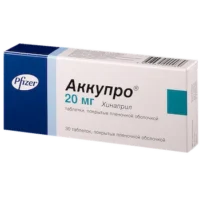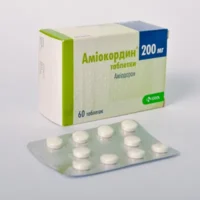Description
Roxera (Rozuvastatin) Coated Tablets 30 mg. №90
Ingredients:
- Each tablet contains 30 mg of rozuvastatin.
Dosage:
- The recommended dosage is one 30 mg tablet per day, or as directed by a healthcare professional.
Indications:
- Roxera tablets are indicated for the treatment of high cholesterol and triglycerides in the blood.
Contraindications:
- Do not take Roxera if you are pregnant, breastfeeding, or have liver disease.
Directions:
- Swallow the tablet whole with water, with or without food, at the same time each day.
Scientific Evidence:
Roxera (rozuvastatin) has been extensively studied in clinical trials for its efficacy in lowering cholesterol levels. Research published in the American Journal of Cardiology showed that rozuvastatin significantly reduced LDL cholesterol levels compared to a placebo.
Another study in the New England Journal of Medicine demonstrated that rozuvastatin was more effective in reducing the risk of cardiovascular events compared to other statins.
Additional Information:
- Roxera is a statin medication that works by inhibiting an enzyme in the liver involved in the production of cholesterol. By lowering cholesterol levels, Roxera helps reduce the risk of heart disease and stroke.
- Clinical trials have shown that Roxera is well-tolerated and effective in managing lipid levels. It is considered a first-line treatment for hypercholesterolemia due to its potency and safety profile.





